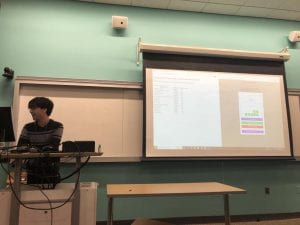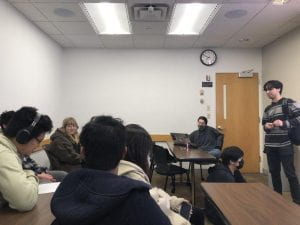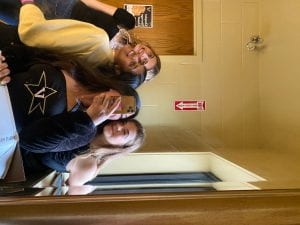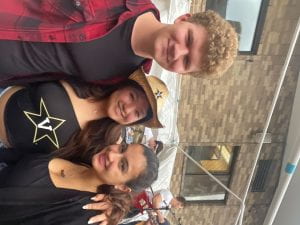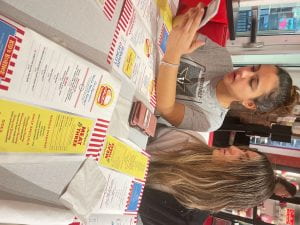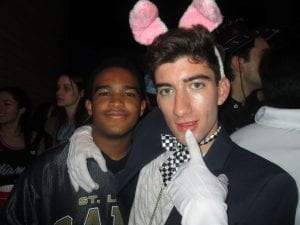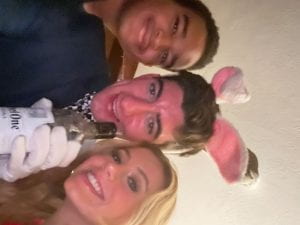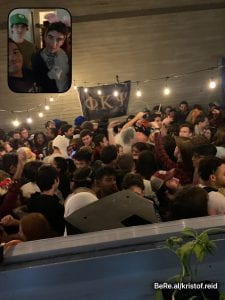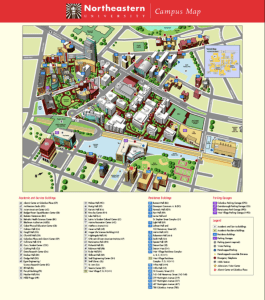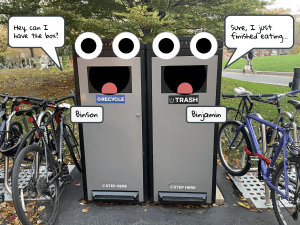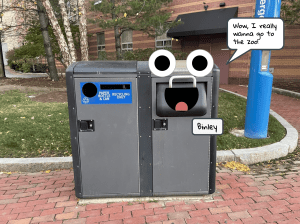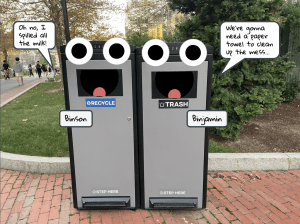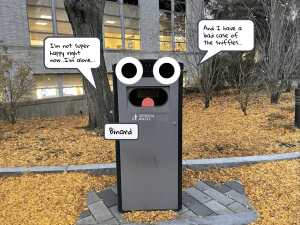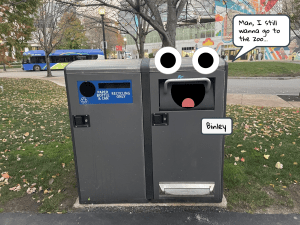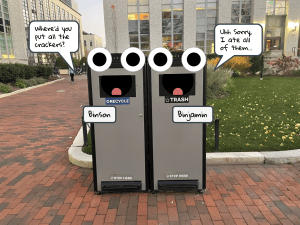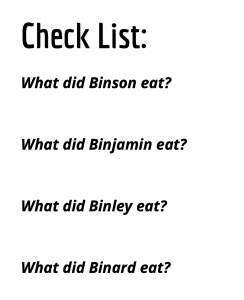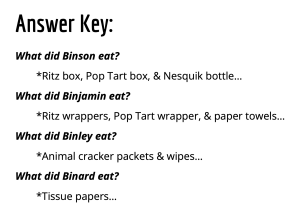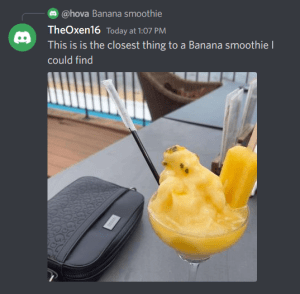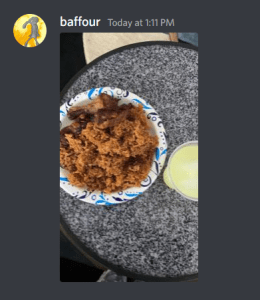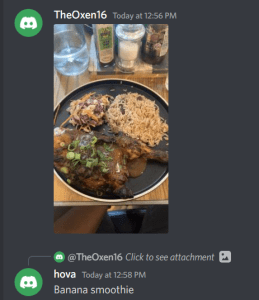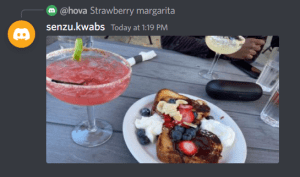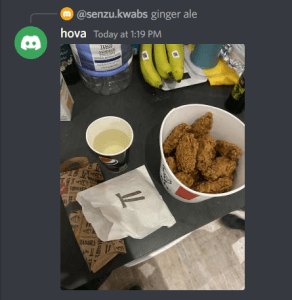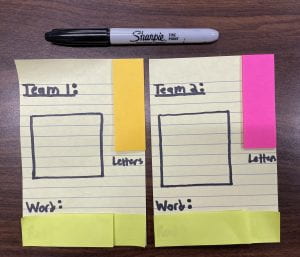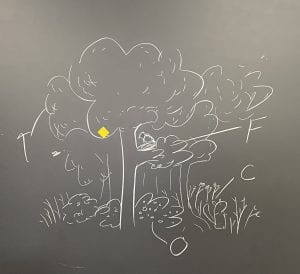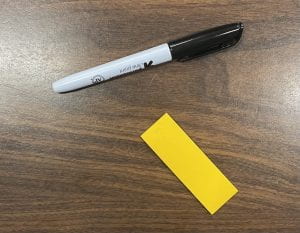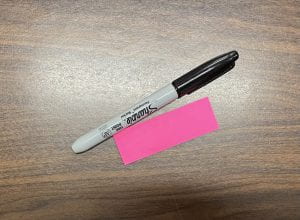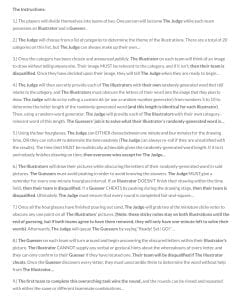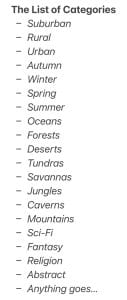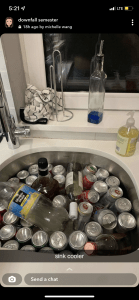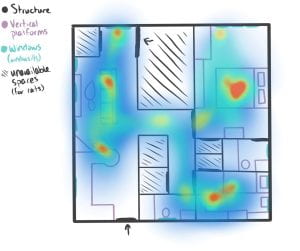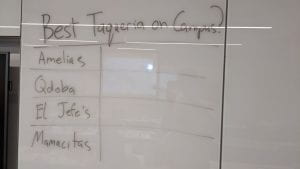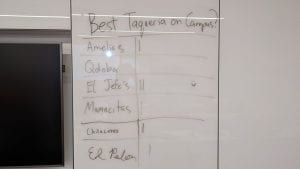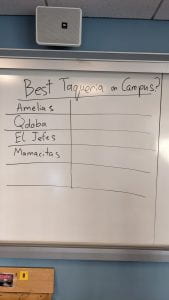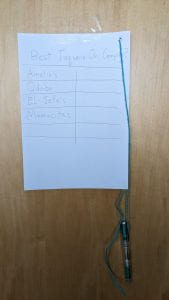Intervention Game: Attempting to Book a Club Room
This game, Attempting to Book a Club Room, is a scavenger hunt-esque game that takes place during a club meeting of the Northeastern University Game Development Club (NUGDC). In this game, a normal meeting is interrupted by an actor proclaiming that their current club room has been acquired by another club, and the NUGDC needs to find another club room utilizing Northeastern services.
Goal
The goal for the players is to find the final club room location for that week’s NUGDC meeting.
Requirements/Materials
– At least 3 actors (including the “game master”)
– Website handout (handout here, website here) and riddle poem (here) for two scenes of the game
– General script outline for the game (here) for GM and actors to follow
– Access to a starting room and Ryder rooms 143 and 207
Rules/Setup
There are no explicit rules for the game for the players to be aware of, as this experience is one that is suddenly put onto the players of the game. Each session should be led by a “game master” (GM) to help direct the players through each “scene” of the game. As this was designed to only be run at an NUGDC club meeting, this is the ideal place to run the game. However, choosing another starting location is possible. As the GM, the only rule for you to follow is to let the players do all the work but answer questions with appropriate clarity as players ask them.
Scene 1: Kariotis 110 (or other room)
The game starts in this initial location that starts with dialogue between the GM and the NEU Admin actor. The NEU Admin hands the GM the paper handout that lists the link for the website that contains a quick puzzle for the players to solve. Open up this website on a projector or some other way that is easily seen by all players. By following links on the website, there will be a table with room numbers and corresponding 5-letter combinations that represent different buildings on campus. The answer to the wordle (RYDER) will show the correct room by finding Ryder Hall in the website’s table.
Scene 2: Ryder 143
An actor should be placed at this location ahead of time playing the role as the Club President in the dialogue outline. After the dialogue is complete between the GM, Club President, and NEU Admin, the players will be handed the riddle poem that leads to the next room. The synopsis of the riddle’s answers are as follows:
1. The next club room is also in Ryder
2. The code for the room can be found by counting objects on the first floor of Ryder as specified by the riddle
3. The first number is the number of bathroom sets on the first floor, being 2
4. The second number is the number of courtyards in Ryder, being 0
5. The third number is the number of CAMD banners in the foyer of Ryder, being 7
6. The final club room will be in Ryder 207
Scene 3: Ryder 207
The game will then end upon reaching Ryder 207. This will include a debriefing about the game and what its purpose was (which I will talk more about in my artist statement). As this was a part of an NUGDC meeting, our club concluded with a short presentation on Games as an Art Form where I presented on some of the things I’ve learned so far in this class (slides here if you’re curious).
Artist’s Statement
The inspiration for this game started with seeing the Uncle Roy All Around You game and the Men in Grey intervention piece. In Uncle Roy, players were asked to explore a large city, both in-real-life and virtually, in order to find the office of an “Uncle Roy.” In Men in Grey, people on a vulnerable internet connection were shown their current internet activity through a screen on suitcases by passing men in grey suits. There was one aspect in each of these that I really wanted to replicate for my own piece: in Uncle Roy, the idea of going on a large-scale adventure that requires a player to get on their feet, and in Men in Grey, the idea of unexpectedly taking people out of a place of comfort. I combined these two ideas into the general concept of this game: to suddenly whisk people on an adventure that would take unsuspecting players around campus on the hunt for a specific location.
With this general idea in mind, I had two problems. I wanted to make this game purposeful in that it conveys some kind of message, and I wanted some kind of consent to play from my players without giving them any kind of hints that they would be playing the game. As I am an eboard member of the NUGDC, I participate in weekly meetings about proceeding club meetings and activities, and during one such meeting, we realized we had an opening one week and needed something to fill it with. I saw this as an opportunity to run such a game during the club meeting, as everyone attending is always expecting to participate in some kind of game-related activity. Seeing as the club meeting would be the ideal setting for this game, I also wanted the message of the game to be something club-relevant. I thought back to some of the problems I’ve encountered as an eboard member of the NUGDC, and remembered one that was very prolific at the start of the semester, being the difficulties getting an adequately-sized club room.
Newfound inspiration in mind, I began to develop the game around the idea that the players would be jumping from club room to club room, trying to find one to hold the meeting while getting kicked out of ones they would find for reasons beyond their control. I knew that I wanted some relatively easy puzzles to be the way that they would find each subsequent room after the first, but as I needed to fit the game into the club meeting’s allotted time and still have time for a presentation afterward, I also needed to make them easy enough to not spend a whole lot of time on. I had a tough time coming up with puzzles that related to my design, so I broadened the purpose of the game to including some general dissatisfactory aspects of NEU that I’ve noticed over the years. Specifically, I took inspiration from some of the archaic websites (at least by today’s standards) that sometimes didn’t even work that I would need to use in order to do things like book rooms for certain events. I decided to represent this in the game by having increasingly-archaic ways of “generating” new club rooms for players to find, being a very minimal website and a delivered letter in the form of a riddle written in cursive.
Just having the puzzles and game progression wasn’t enough, though, and my game still had one major unaddressed issue: I couldn’t run this by myself. There were multiple interactions that would only make sense if I had other people playing as actors to represent different voices in this narrative I was constructing. So, I enlisted the help of two other eboard members to play the role of a strict and punctual NEU admin, and a club president that is also caught in this mess trying to find a club room for their club. With the dialogue outline written, the puzzles designed, and the progression for the game detailed, this game turned into a very fun experience for everyone involved.
Documentation
